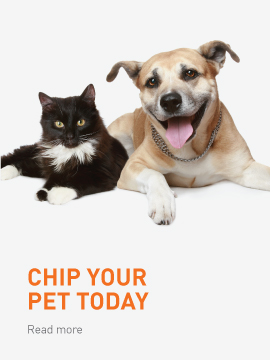Thai is a newly classified but old cat breed, related to but distinct from the modern Western Siamese cat. This natural breed, descended from the landrace of cats of Thailand, has also been variously called Old-style, Traditional and Classic Siamese.
Cats that were imported from Siam to Western countries in the 19th and early 20th century were broader in features than the modern Western Siamese. While the Thai, known in Thailand as the wichien-maat, has common ancestry with the Western Siamese, generations of separate breeding of these two cats have spearheaded the development of two distinct breeds. The International Cat Association (TICA), approved the look of the Old-style Siamese to be shown as Thai in the Preliminary New Breed category, February 17, 2007. This approval was for a cat that represents the early 20th-century Siamese and can still be found in Thailand catteries, and was shown beginning in 1993 in Europe. Around the world, registered Siamese and imported wichien-maat cats have played a pivotal role in the development of the Thai cat. Breeders internationally banded together to save the old-style look. As of May 1, 2010, the Thai has Championship status in TICA, enabling it to compete along with the other breeds of pedigreed cats.
History
In Thailand the landrace ancestor of this elegant cat is known as the wichien-maat which means 'moon diamond' or 'diamonds and gold'. The wichien-maat, along with other cats, is named, described and illustrated centuries ago in the "Tamra Maew" book of cat poems. Over the years, the wichien-maat has stayed true to its original breeding, which is still seen today in Thailand where it remains a popular cat.
Starting in the late 1800s, the wichien-maat was first imported to the West, starting with Englandand the cats became known as "Siamese" or the "Royal Cat of Siam", after the name of the ruling dynasty at the time in Siam (today Thailand.) Cat fanciers were impressed with the graceful, "marten-faced" cats so very different from the cobby, rounder native breeds and longhairs. Western breeders wanted to emphasize and augment the qualities that made the cats so different and through selective breeding, they developed an increasingly elongated, angular, finer-boned type of Siamese. This "modern" or "show-style" type of Siamese dominated in the show halls beginning in the latter half of the 20th century. As the new look increased in popularity, some breeders in England, Europe, and North America continued to preserve the look of the Old-style Siamese first imported, and the cat still commonly seen today in Thailand as the wichien-maat.
In the early 1990s a pioneering German woman introduced a Siamese cat that represented the classic look of the Old-style Siamese to the show halls in Europe. She called the cat "Thai." Her dedication to revitalizing the old look using Siamese bloodlines inspired European breeders to begin breeding and showing a cat called "Thai." As a result, numerous independent clubs developed their own breed standards so their members would promote these cats. Across the Atlantic in North America, another breeder worked passionately to preserve old bloodlines that were not seen in the show-style Siamese. This breeder traveled to Thailand to import new bloodlines. Together, American and European breeders began sharing bloodlines and working cooperatively through a small breed club called the Prestwick-Beresford Old-Style Siamese Breed Preservation Society (PREOSSIA).
In 2006 a proposal went forward to recognize the Old-style Siamese as "Thai" in The International Cat Association (TICA), and proponents of the old look met in Hannover, Germany, to introduce the Thai breed proposal. From 2007–2010 this very old breed moved through the New Breed process in TICA, requiring documentation of active breeders, registration of cats and litters and showing cats in many different regions. On January 20, 2010, the TICA board voted to advance the Thai to Championship status beginning on May 1, 2010. On that date, the Thai began competing along with the other breeds in TICA Championship classes.
The uniqueness of the Thai breed, in addition to its being a moderate-looking pointed cat, is that it has the potential to produce healthy and genetically diversified show cats. The breed standard for the Thai allowed for the permissible outcross of both Western Siamese registered with major registries and imported wichien-maat. The distinctive characteristics that separated the Thai from the Western Siamese and Tonkinese played a major role in the acceptance of the Thai in the show halls.






